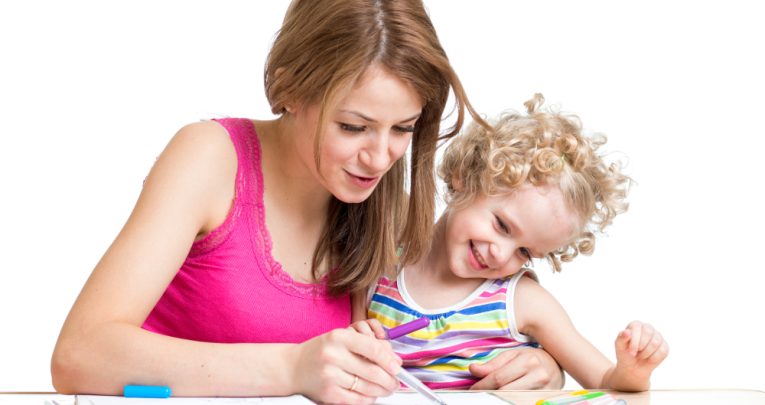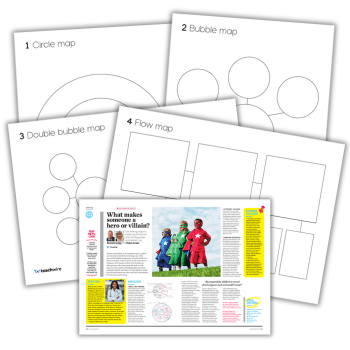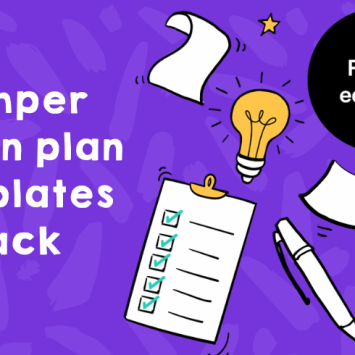Make it Easy for Parents to Give their Children’s Progress a Boost

Being a parent is hard work, so Sue Fisher explains how you can help them leap the hurdles to home learning

- by Sue Fisher

Parents are a child’s first and most enduring educators. They spend more time with their children than anyone else and know them completely. That research has confirmed that involving parents in children’s learning is one of the most effective ways of improving outcomes – particularly in the case of those from more disadvantaged backgrounds – should come as no surprise, therefore.
However, it’s important to understand the difficulties and challenges many families face. Whilst they will not always be the most disadvantaged, very young parents, single parents, those who have a child with special educational needs or who have a disability themselves, and others newly arrived in the country may need particular consideration.
If you are in receipt of Early Years Pupil Premium or other funding schemes, consider utilising some of this to purchase additional equipment such as cameras, ‘talk tins’, bug boxes and magnifiers to encourage children to explore their wider environment and record their experiences.
Share resources
The cost of resources can be a major factor for families looking to support learning at home. To help overcome this, some settings provide all children with a pack of basic resources upon entry.
However, an idea I’ve found to be particularly effective involves the setting up of resource bins, where parents and children can self-select from a range of materials to help them to carry out an activity at home.
Resources for inclusion could include glue sticks, card, glitter, wooden spoons, paper plates, shape cutters, corks, cotton reels and natural materials, supplemented by felt, fabric squares and fur fabric, brochures and magazines. If possible add a box of activity cards near to the bins with suggestions of activities that can be completed with the resources provided. Finally, provide a display board or wall space nearby labelled ‘Opportunities for learning are everywhere!’, and encourage families to add photographs of the fun they have had with their child at home.
Sue Fisher is an early years training consultant.
Whatever their background, you must value each and every parent, and support them in understanding the vital role they play in extending their child’s learning at home.
Start early
Offering a family support in developing the home learning environment can begin prior to their child starting with you. Providing information on your partnerships with parents in your brochure/prospectus is an ideal way to introduce the idea that what happens away from the setting matters too. For those able to offer home visits, it’s a lovely idea to take along a small gift for the child. A notepad and pencil may provide some children with the first opportunity they have had to make marks on paper. Likewise, a picture book could kick start a love of books.
Consider including information on Bookstart and any similar schemes operating locally, ensuring parents are aware of their child’s entitlement to free books, as well as an invitation to join the local library. If you operate a home-setting sharing library, remember to share information on this alongside any other link programmes on offer.
Additionally, where funding allows, there are a number of schemes available, including Playclub bags aimed at developing early awareness of sounds and an enjoyment of books and stories. These also include a booklet for parents and children to record what they have done.
A favourite strategy of mine is the creation of a lending library of recorded songs and rhymes produced with your current cohort. Children love taking these home and listening to themselves and their friends with other family members.
Keep going
If you are a key person, show an interest in all the children in your care. Sharing information on their fascinations and achievements through setting appropriate, achievable targets is a valuable starting point towards building a supportive partnership with parents, with the aim of developing each child’s potential.
Remind parents regularly that they are playing a crucial role in extending their child’s learning when out on walks and other journeys, whilst shopping or eating in a cafe, and when preparing food at home, as well as during more obvious play-based activities. All parents engage in these kind of activities with their children, but some do it more meaningfully than others.
If you are in receipt of Early Years Pupil Premium or other funding schemes, consider utilising some of this to purchase additional equipment such as cameras, ‘talk tins’, bug boxes and magnifiers to encourage children to explore their wider environment and record their experiences.
Share resources
The cost of resources can be a major factor for families looking to support learning at home. To help overcome this, some settings provide all children with a pack of basic resources upon entry.
However, an idea I’ve found to be particularly effective involves the setting up of resource bins, where parents and children can self-select from a range of materials to help them to carry out an activity at home.
Resources for inclusion could include glue sticks, card, glitter, wooden spoons, paper plates, shape cutters, corks, cotton reels and natural materials, supplemented by felt, fabric squares and fur fabric, brochures and magazines. If possible add a box of activity cards near to the bins with suggestions of activities that can be completed with the resources provided. Finally, provide a display board or wall space nearby labelled ‘Opportunities for learning are everywhere!’, and encourage families to add photographs of the fun they have had with their child at home.
Sue Fisher is an early years training consultant.










